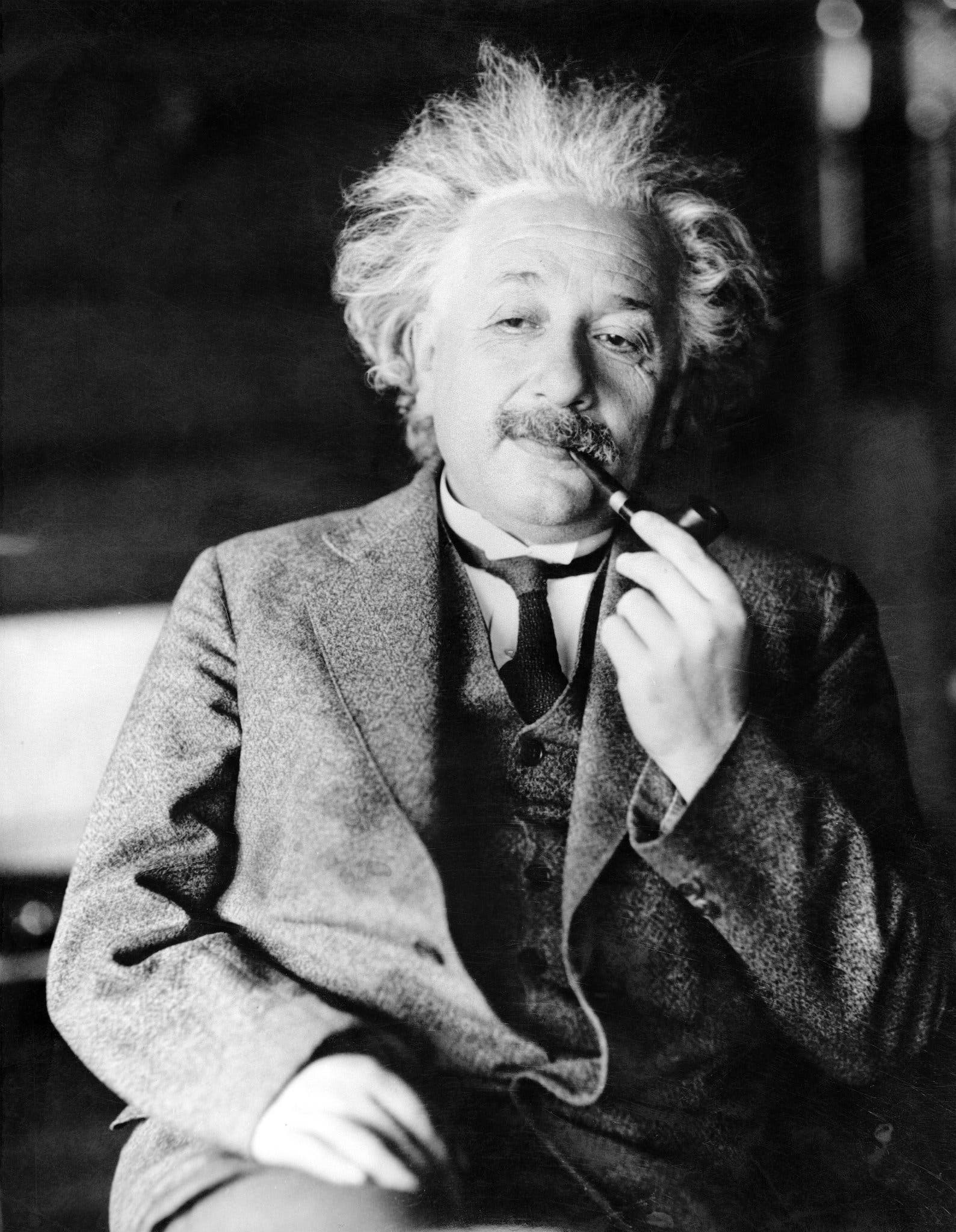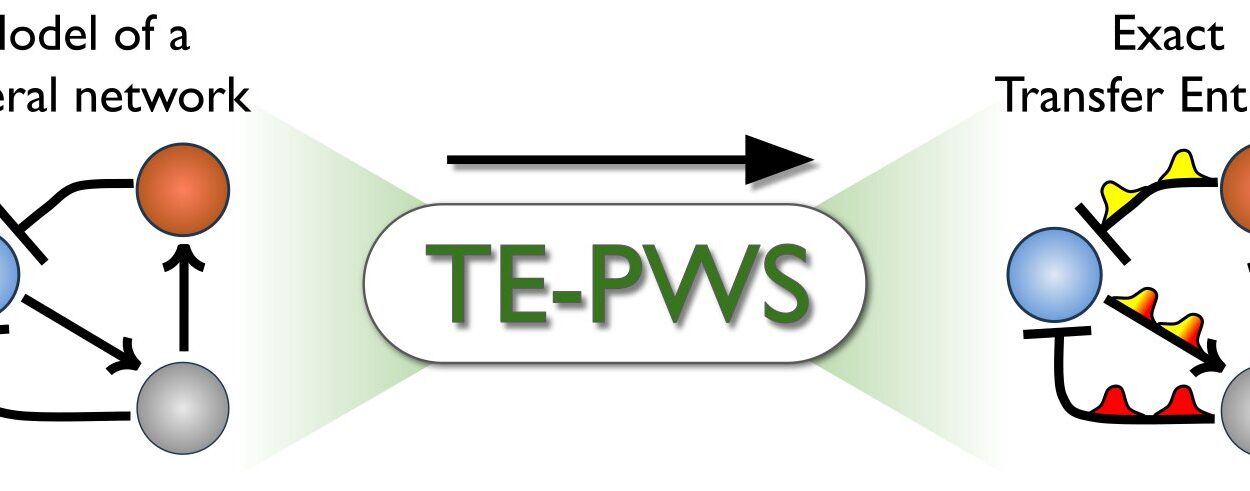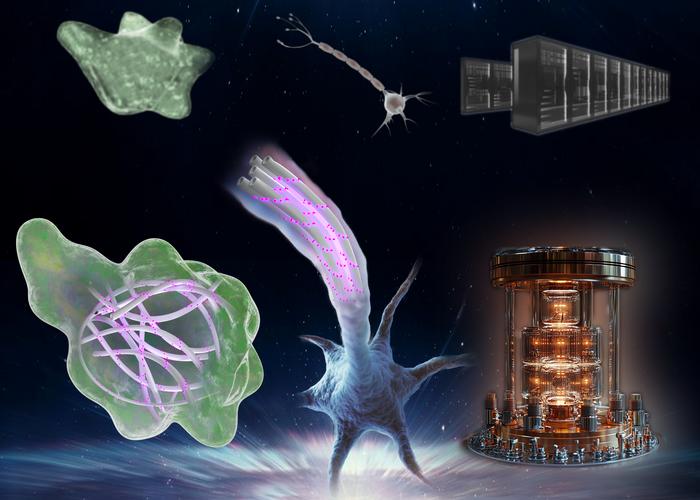In the early years of the 20th century, the scientific world stood on firm ground. Newton’s laws reigned supreme, and the universe seemed like a great cosmic machine—predictable, orderly, and obedient to the rules laid out by Sir Isaac Newton two centuries earlier. Time was absolute. Space was a passive stage. Gravity was just a mysterious force that reached across space. Everything fit neatly into the box of classical mechanics.
Then came a young man with wild hair, deep eyes, and a job at the Swiss Patent Office. His name was Albert Einstein, and in a single year—1905—he would upend the entire understanding of space, time, and reality itself. With the publication of his theory of Special Relativity, followed by General Relativity a decade later, Einstein didn’t just tweak the existing model—he shattered it. And from the debris, he built a new cosmos where clocks ticked differently depending on your speed, where mass and energy were two sides of the same coin, and where gravity wasn’t a force but the very warping of space and time.
This is the story of how Einstein changed the universe. It’s a journey into the most profound scientific revolution of the modern age, told through the brilliant, mind-bending lens of relativity.
The Problem with Light and the Need for a New Theory
At the dawn of the 20th century, light was the troublemaker. For centuries, physicists had believed in a concept known as the “aether”—a magical, invisible substance that filled space and allowed light to travel through it, like sound through air. But experiments to detect this aether, including the famous Michelson-Morley experiment in 1887, came up empty. No matter how scientists tried to measure the effect of Earth’s motion through the aether, the speed of light remained stubbornly constant.
This baffling constancy contradicted Newton’s laws and the way velocities were supposed to add. If you were on a train moving at 100 km/h and threw a ball forward at 20 km/h, an observer standing on the ground would see it moving at 120 km/h. Simple. But light refused to play by this rule. Shine a beam from the front of a moving train, and the speed of light remains exactly the same—300,000 kilometers per second—for all observers, no matter how fast they’re moving.
This seemingly small oddity cracked the foundation of classical physics. Enter Einstein, who turned the problem on its head by proposing something audacious: what if the speed of light really is the one constant in the universe, and everything else—space, time, mass—must bend to accommodate it?
Special Relativity: A Universe Without Absolutes
Einstein’s theory of Special Relativity, published in 1905, begins with two simple postulates. First, the laws of physics are the same for all observers in uniform motion. Second, the speed of light is constant in a vacuum, regardless of the motion of the light source or the observer.
From these two deceptively simple statements, Einstein unraveled the most bizarre consequences.
Time, it turned out, was not a universal rhythm beating steadily for all. Instead, it flowed at different rates depending on your velocity. The faster you move, the slower your time ticks compared to someone at rest. This phenomenon is called time dilation. It’s not a theoretical curiosity—it’s been confirmed by countless experiments, including measurements on fast-moving particles and precision clocks aboard orbiting satellites.
Length, too, was no longer sacred. Objects moving at high speeds contract in the direction of motion—a bizarre compression known as length contraction. The faster you go, the more the universe seems to squash in your direction of travel.
And then came the bombshell: E = mc². Energy equals mass times the speed of light squared. This elegant formula encapsulated the idea that mass and energy are interchangeable. A tiny amount of mass contains an enormous amount of energy. The implications were cosmic—and devastating. It would eventually give birth to the atomic bomb, but also to nuclear power, particle accelerators, and the search for the Higgs boson.
Special Relativity had redrawn the map of reality. But it was limited—it only applied to observers in uniform motion. It didn’t deal with acceleration or gravity. For that, Einstein had to go deeper.
General Relativity: Gravity, Geometry, and the Warping of Reality
Einstein didn’t stop with Special Relativity. He knew that the theory was incomplete because it failed to incorporate gravity. Newton had defined gravity as a force that acted at a distance—an invisible pull between masses. But Einstein wasn’t satisfied with this action-at-a-distance idea. It felt primitive, almost magical.
So he began to reimagine gravity not as a force, but as a property of space itself.
After a decade of intense work, in 1915 Einstein unveiled the General Theory of Relativity. In it, he proposed that massive objects like stars and planets don’t pull on other objects directly. Instead, they curve the very fabric of space and time around them. Objects follow the paths dictated by this curvature, like marbles rolling along a warped trampoline.
This concept—spacetime—was revolutionary. Space and time were no longer separate entities but were woven together into a four-dimensional fabric. Gravity wasn’t a force—it was geometry.
The equations of General Relativity were complex and beautiful. They predicted that time would pass more slowly near a massive object, a phenomenon called gravitational time dilation. They also predicted the bending of light by gravity—an effect confirmed dramatically during a solar eclipse in 1919, when starlight was seen to curve around the sun just as Einstein predicted.
With that confirmation, Einstein became a global icon. The New York Times declared: “Lights All Askew in the Heavens.” The world had found its modern Galileo—and reality itself had found a new script.
Ripples in Spacetime: Black Holes and Gravitational Waves
General Relativity wasn’t just a new way to think about gravity—it opened the door to entire new realms of cosmic phenomena.
One of its most astonishing predictions was the existence of black holes—regions of space where gravity is so intense that not even light can escape. The equations suggested that if enough mass were compressed into a small enough region, spacetime would collapse into a singularity, a point of infinite density. For decades, black holes remained theoretical curiosities. Then astronomers began to find indirect evidence: stars orbiting invisible companions, strange emissions of X-rays, and finally, in 2019, the first image of a black hole’s shadow was captured by the Event Horizon Telescope.
Einstein himself was skeptical of black holes, but his theory allowed them. The universe, it turned out, was stranger than even he had imagined.
Another dramatic prediction of General Relativity was gravitational waves—ripples in the fabric of spacetime caused by accelerating masses. When two black holes collide or massive stars explode, they send out waves that travel across the cosmos, stretching and squeezing space as they go.
For a century, these waves remained elusive. Then, in 2015, the Laser Interferometer Gravitational-Wave Observatory (LIGO) detected the faint echo of two black holes merging over a billion light-years away. It was a triumph for Einstein’s theory and a new way to observe the universe—not with light, but with the vibrations of spacetime itself.
The Everyday Universe: Relativity in Your Pocket
Relativity might sound like a distant, esoteric theory meant for physicists and astronomers. But its effects are woven into daily life. Consider the GPS on your phone. To pinpoint your location, GPS satellites rely on atomic clocks with extraordinary precision. But those satellites are moving fast and orbiting high above Earth’s surface, where gravity is weaker. According to Special Relativity, the satellites’ clocks tick more slowly due to their speed. According to General Relativity, they tick faster because of the weaker gravity. Engineers must correct for both effects to make GPS accurate to within a few meters. Without Einstein’s insights, your navigation system would be off by kilometers each day.
Particle accelerators, like those at CERN, use relativity to smash atoms together at near-light speeds. The particles inside live longer than they should—because their time is dilated. Modern electronics, nuclear medicine, and even the search for dark matter all owe their existence to Einstein’s reimagining of time, space, and energy.
Einstein’s Philosophical Legacy: Time, Free Will, and the Nature of Reality
Einstein’s contributions were not just technical—they were deeply philosophical. He forced humanity to question the nature of time itself. If time flows differently depending on your motion or your gravitational field, then what is the “now”? Is there such a thing as an absolute present? In the block universe interpretation of relativity, past, present, and future all coexist. Time doesn’t flow—it simply is. We move through a fixed landscape, like a train on a track.
This idea unnerved many, including Einstein himself, who famously wrote, “The distinction between past, present, and future is only a stubbornly persistent illusion.” If time doesn’t flow, what happens to free will? Are we just following paths laid out in the geometry of spacetime?
Einstein struggled with these questions, as do philosophers and physicists to this day. His theories opened not only a new scientific world but a new way of thinking about existence.
Beyond Einstein: The Quest for a Unified Theory
Even as his ideas reshaped physics, Einstein himself was not content to rest. For the last 30 years of his life, he searched for a unified field theory—a single mathematical framework that would combine gravity with electromagnetism and later, quantum mechanics. He never found it. The quantum world, with its probabilistic nature and uncertainty principles, disturbed him. “God does not play dice with the universe,” he famously quipped.
But quantum theory has only grown more successful, and today’s physicists are still trying to reconcile it with General Relativity. String theory, loop quantum gravity, and other frameworks attempt to build a quantum theory of gravity—a task Einstein began but could not finish.
Still, his legacy endures in every step we take toward that grand unification. He showed us that the universe is knowable, elegant, and deeply mysterious. He turned space and time from a backdrop into a player. He showed that energy and mass are interchangeable, that clocks can disagree, and that gravity is the bending of the stage itself.
Conclusion: The Man Who Bent the Universe
Albert Einstein didn’t just give us a new set of equations. He gave us a new universe—one where reality depends on your point of view, where space and time are malleable, and where the cosmos is alive with motion, curves, and ripples.
Relativity is not just a theory—it’s a doorway. Through it, we see a universe far grander, stranger, and more beautiful than Newton ever imagined. A universe where black holes spin, stars dance, and light bends. A universe that pulses with the memory of its own birth and the echoes of its deepest secrets.
Einstein’s genius wasn’t just in seeing what others couldn’t. It was in daring to ask the impossible question: what if everything we thought about time and space was wrong?
In doing so, he didn’t just change science. He changed the universe.






